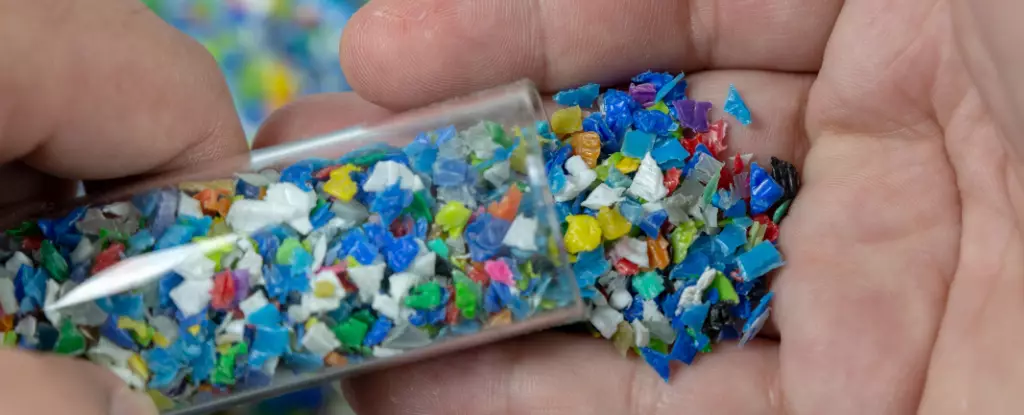In contemporary society, plastics have become an indispensable part of our daily lives, infiltrating everything from consumer goods to medical supplies. However, an alarming reality looms beneath this convenience—the pervasive presence of plasticizers, chemicals that enhance the flexibility and durability of plastics. Recent studies, particularly from Southern California, have illuminated the disturbing levels of urban exposure to these substances, raising questions about their long-term health implications.
Toxicologist David Volz from the University of California, Riverside, poignantly encapsulates this issue: “No matter who you are, or where you are, your daily level of exposure to these plasticizer chemicals is high and persistent.” This assertion underscores a pressing public health concern. Residents in urban environments are likely inundated with these chemicals, revealing an unsettling truth about modern living.
While the dangers associated with all plasticizers are not fully understood, certain compounds have raised significant red flags. The chemical di (2-ethylhexyl) phthalate, or DEHP, is one such substance linked to serious health risks, including potential carcinogenic effects and adverse reproductive outcomes. California has taken legislative action to prohibit DEHP’s use in medical applications, such as IV bags, due to its association with an increased cancer risk and developmental issues in children. Despite this, the enduring presence of DEHP in the environment suggests that residents remain vulnerable to its effects.
Findings from recent research, conducted by UCLA and Duke University, provide a sobering look at the current situation. Over a five-day period, 137 students wore silicone wristbands designed to absorb plasticizer chemicals from their surroundings. The results were astonishing, with researchers uncovering alarmingly high concentrations of various pollutants. This unexpected discovery emphasizes the need for further examination of plasticizers in daily life and their potential bioaccumulation.
Although the studies predominantly focused on Southern California, similar patterns of plasticizer exposure have emerged on the East Coast. Data from the wristband study revealed that an overwhelming 94 to 97 percent of the detected plasticizers were attributed to three specific compounds: DiNP, DEHP, and a newer alternative known as DEHT. Not only do these findings highlight the widespread nature of plasticizer exposure across the country, but they also prompt a deeper inquiry into chemical safety regulations and public health policies.
Phthalates, the chemical family to which both DEHP and DiNP belong, are commonly found in various everyday products such as food packaging, cosmetics, and household items. As these chemicals are easily absorbed through the skin, ingested, or inhaled, their quick elimination from the human body is countered by an alarming rate of exposure through routine activities. The reality is that a significant majority of the population is likely to have these chemicals in their system, often without their knowledge.
One particularly concerning aspect of this epidemic is DEHT, which has been introduced as a purportedly safer alternative to traditional phthalates. However, the scientific community cautions that limited research exists on DEHT’s potential toxicity in biological systems relevant to human health. This highlights the urgent need for comprehensive studies to determine the safety of substitutes introduced in place of known harmful substances.
Simultaneously, the US Environmental Protection Agency (EPA) is reevaluating the toxicity of prevalent plasticizers, responding to the concerning evidence of human exposure and potential carcinogenic effects. Preliminary reports suggest that high levels of DiNP may contribute to liver complications, further fuelling the alarm regarding plasticizers in everyday life. The EPA’s ongoing investigation illustrates the pressing need to revisit regulations surrounding the use of phthalates and ensure consumer safety.
As we move forward in understanding the implications of plasticizers on health, it is crucial for policymakers, researchers, and the general public to engage in constructive dialogue about exposure levels and safety measures. Inevitably, the complexities surrounding the ubiquitous use of plastics will necessitate concerted efforts to mitigate risk and enhance public health standards for future generations. The time has come to confront the plastic dilemma proactively, turning awareness into action for a healthier future.

